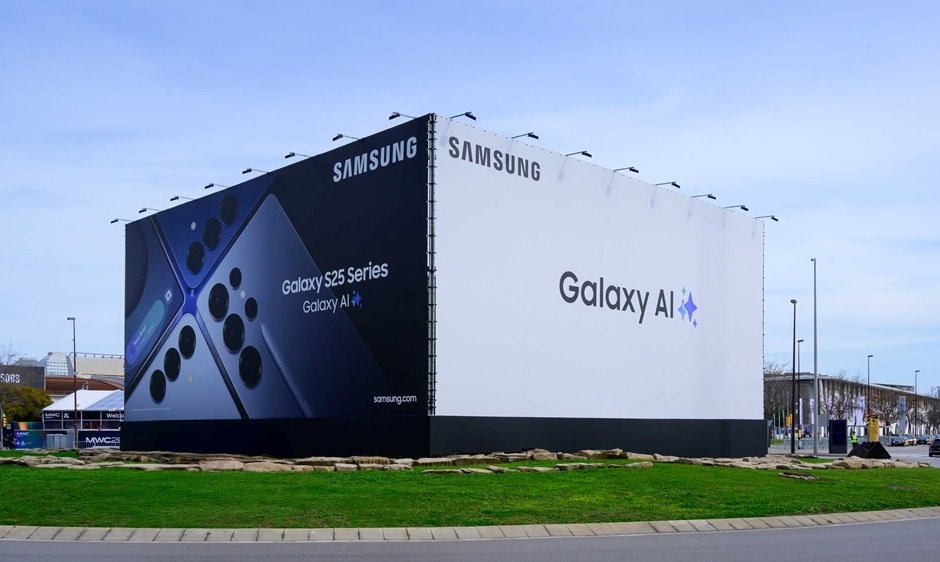Samsung Electronics has nearly maintained its revenue in Q2-2025, reporting an estimated 74 trillion won, just 0.1 percent lower than the 74.07 trillion won posted in the same period a year earlier.

This stability in revenue comes despite notable headwinds in its semiconductor business and a sharp drop in operating profit, which is expected to fall 56 percent year-on-year to between 4.5 trillion and 4.7 trillion won.
The decline in profitability is primarily attributed to weaker AI chip sales and delays in the supply of high-bandwidth memory (HBM) chips to key customers like Nvidia, compounded by U.S. export restrictions on advanced chip sales to China.
While rivals SK Hynix and Micron capitalized on U.S.-led AI chip demand, Samsung’s higher exposure to the Chinese market — where demand is limited due to trade restrictions — hindered growth, Reuters news report said.
Despite these challenges, Samsung’s revenue held steady, supported by its diversified portfolio and sustained consumer demand in other segments such as smartphones and consumer electronics. Analysts expect gradual improvement in the coming quarters, driven by new smartphone launches and increasing sales of HBM chips to customers beyond Nvidia.
Samsung’s revenue in 2024
Samsung Electronics reported a record-breaking KRW 300.9 trillion (≈ US $218.9 billion) in consolidated revenue for the full year 2024, marking a 16 percent increase over the previous year. Its operating profit reached KRW 32.7 trillion.
Significant growth came from the Device Solutions (DS) segment, covering semiconductors, which soared 67 percent, reaching KRW 111.1 trillion in revenue.
Memory sales alone nearly doubled to KRW 84.5 trillion, with strong demand for high-bandwidth and high-density DRAM and NAND products. This segment generated KRW 15.1 trillion in operating profit, a reversal from the prior-year loss, The Wall Street Journal reports.
The Device eXperience (DX) division, which includes mobile, networks, TVs, appliances and Harman’s audio and automotive systems, accounted for KRW 174.9 trillion in revenue (+3 percent), contributing KRW 12.4 trillion in operating profit.
Within DX, the Mobile eXperience (MX) unit drove a 5 percent rise in smartphone revenue to KRW 114.4 trillion, with flagship Galaxy S24 series and AI-enabled devices as key growth engines; this segment posted KRW 2.1 trillion in quarterly profit and KRW 10.6 trillion for the full year.
The Visual Display and Digital Appliances (VD/DA) businesses generated KRW 56.5 trillion in sales, essentially flat year-on-year, with operating profits of KRW 1.7 trillion.
Samsung Display Corporation (SDC) recorded KRW 29.2 trillion in revenue, down 6 percent, and operating profit of KRW 3.7 trillion, pressured by softer mobile display demand.
Harman, Samsung’s audio and automotive technologies arm, contributed KRW 14.3 trillion in revenue and KRW 1.3 trillion in profits.
TelecomLead.com News Desk
